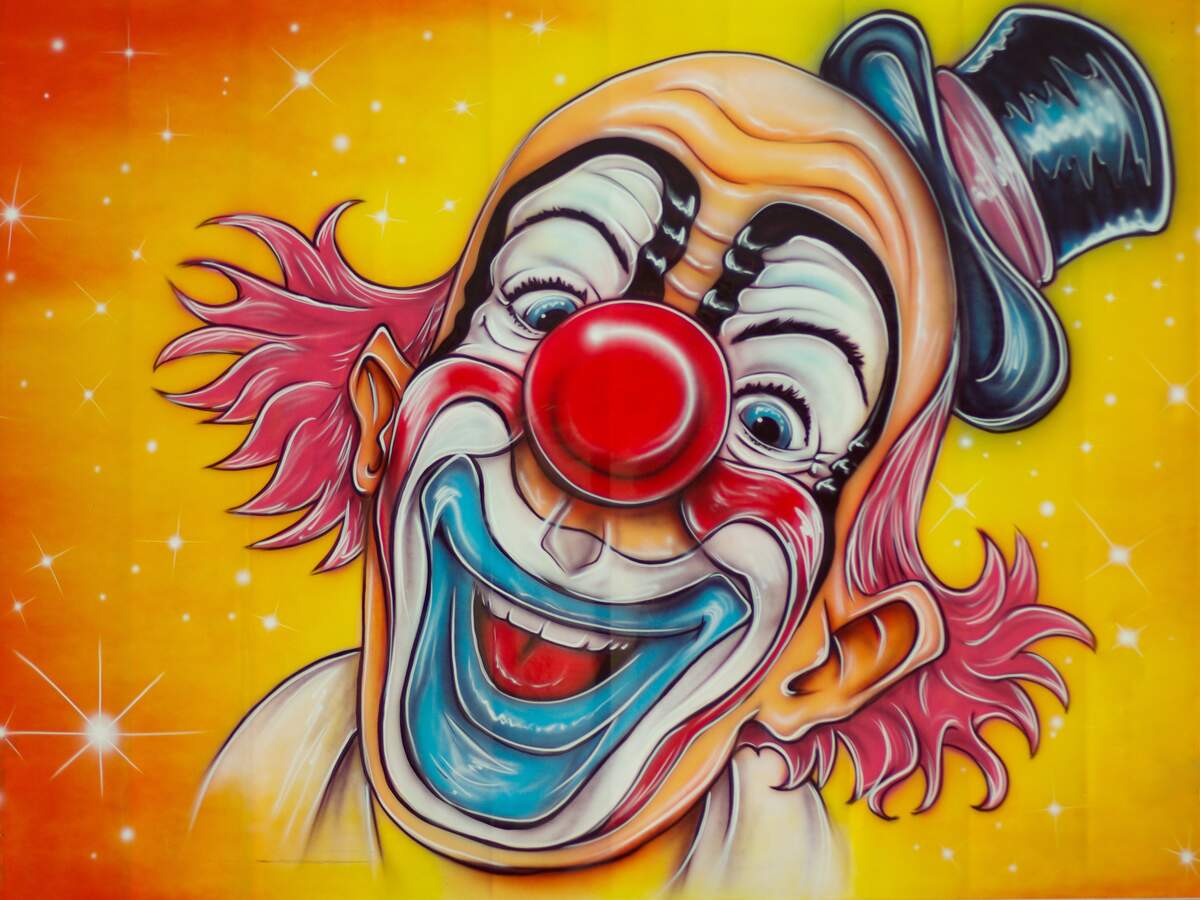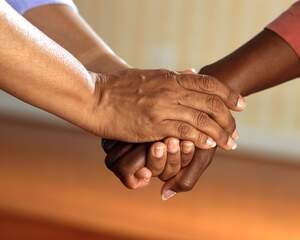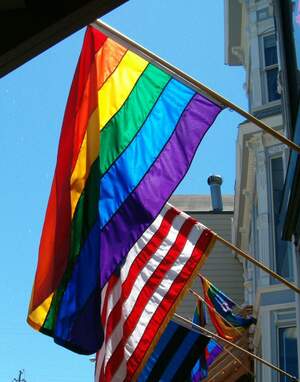

American Circus Day
American Circus Day takes place on the anniversary of the first circus performance in America, which occurred on today's date in Philadelphia in 1793. The modern circus had been created just decades before, by Philip Astley in England. He had opened a horse riding school in London in 1768, where he taught during the day and performed riding tricks in the afternoon. His building had a circular arena called a circus, which was later known as a ring. Equestrian feats were the focus of early circuses, but in 1770, Astley added acrobats, jugglers, rope-dancers, and clowns to his show, to perform between the main horse-related acts.
British equestrian John Bill Ricketts came to America and debuted the circus in Philadelphia on April 3, 1793. The circus was held in a roofless arena that had 800 seats. George Washington attended one of its early performances, later that month.
Circuses were originally in wooden structures, which were especially popular in England. Bigger cities in the United States, such as New York and Philadelphia, also became home to these structures. But America did not become known for its stationary circuses, but for the traveling circus. In 1825, Joshuah Purdy Brown became the first to replace the wooden building with a canvas tent. Within a decade this became the norm. Brown also is noteworthy because he added an African elephant to his show. Other exotic animals were soon added, and menageries became commonplace in circuses. The Zoological Institute was formed in 1835, solidifying the traveling circus format. Circuses in the United States became more business oriented, in contrast to those in Europe that were usually controlled by families.
Equestrians were still the stars of circuses into the mid-nineteenth century when acrobats began getting more of the attention. Tight-rope dancers were some of the first acrobats, and the trapeze was soon developed, which became one of the most prized parts of the circus. By the time that World War I ended, equestrians were no longer part of circuses.
In 1871, Phineas Taylor Barnum and William Cameron Coup formed P.T. Barnum's Museum, Menagerie & Circus. The "museum" of this traveling circus show came to be known as a sideshow and included animal and human oddities. The following year the circus began traveling by train, and a second ring was also added to the circus. A third ring was added in 1881, and eventually even more rings were added. This was done so that more people could conveniently watch the circus. Also in 1881, Barnum merged with James Bailey, and the Barnum and Bailey Circus was soon formed.
Another large circus in the late-nineteenth century was the Ringling Brothers Circus. It merged with Barnum and Bailey in 1919 to form the Ringling Bros. and Barnum & Bailey Circus. Although this circus closed down in 2017, and controversy has surrounded the use of some animals in circuses, many circuses remain, and contemporary circuses are also now popular.
How to Observe American Circus Day
Mark the anniversary of the arrival of the first circus in America by going to a circus! You could also plan a visit to the International Circus Hall of Fame or the Circus World Museum. Why not really get into the spirit of the day and join the circus yourself? There are many schools and training centers around the United States that could help get you on your way. If you don't feel up to joining the circus, perhaps you'd feel more comfortable watching The Circus, At the Circus, Dumbo, or The Greatest Show on Earth.





















